A lithe panther and a laughing Pauline crossed our path in quick succession as we prowled the back roads and stock routes from Western Australia across the Territory into Queensland.
Panthers are elusive in dictionaries. A variety of definitions exist revolving mainly around large black cats – leopards, jaguars or any other feline species. We decided the black cat about the size of a kelpie qualified.
We had wandered down the Duncan Road on the eastern side of Lake Argyle, highly recommended as a well maintained dirt road with plenty of scenic camp spots. Overnighting on a grassy site overlooking the Negri River, Tony lit a campfire and swept a torch along the river, picking out red crocodile eyes in the dark.
This was freshwater croc territory above Lake Argyle but we were curious to spot one set of eyes 20cm or more apart. We never went close enough to determine if it was a giant freshie, a stray saltie or two small freshies teasing by staring at us with their heads snugly together, inside eyes closed.
Traffic was light and almost non-existent after we turned east on to the unsealed Buntine Highway. That suited us well for leisurely travel and peaceful campfire nights in the bush soaking up the moon and stars.
Pulling up for morning coffee on the side of the Buntine, our eyes widened as our panther – the largest feral cat I had ever seen – padded arrogantly across the road in front of us. Solid black and swaying its long tail languidly, it barely cast a disdainful glance in Isabel’s direction.
“That’s why you hear stories about panthers being spotted in the bush,” said Tony before we launched into an animated discussion about the growing feral cat problem in Australia – growing both in terms of numbers and the size of the animals.
For some reason the conservation movement doesn’t see the destruction of feral animals or exotic weeds as a priority yet both pose a far bigger threat to Australia’s flora and fauna than people. Perhaps it’s because shooting is the only effective way to destroy feral pigs and cats: girly greenies don’t like anything to do with guns.
We saw our panther for only a few seconds but contemplated for hours on the how many small, timid native animals it would slaughter in a night. Bilbies, quolls, bandicoots, birds and frogs are defenceless in the night vision of a stalking cat; lizards and snakes are easy prey in the day.
An hour later the day took a cheerier turn at Top Springs where we met the “unbelievable” manager Pauline Heseldine, crackling with life and fun. Pauline, somewhere in her 60s, is one of those sparkling characters you find in the bush where fresh food is scarce and cheap fuel is non-existent.
In 2002 she left Adelaide to visit a friend in Katherine. She took a three-week post as a cook at Montejinni Station, 15km south-west of Top Springs. “It just sort of kept extending,” she said.
Six months later she sold her house in Adelaide; seven years ago she moved to Top Springs to manage the service station and pub, 21 accommodation units and camping grounds. In that time she has become something of a legend in the district.
The complex at the junction of the Buntine and Buchanan highways is owned by the Jones family, featured in the TV series “Keeping up with the Joneses.”
“Everyone who comes to the Northern Territory should meet Pauline,” said Oriel Wright. “She’s an unbelievable cook and an unbelievable person. She’s so well loved around here it just blows me away.”
Oriel and her husband Wally are fossickers from the north coast of NSW. They have been coming to the Top Springs area for 15 years.
“We love the people here and the country. You don’t travel three and a half thousand kilometres for nothing.”
Especially they love Pauline, who gets on so well with the station crews, itinerant workers, anyone in need and the indigenous people from Kalkaringa community. (In 1966 Kalkaringa was the scene of a seven-year strike by 200 Aboriginal station hands and house workers who walked off the adjacent Wave Hill station, first seeking improved pay and conditions but escalating into a demand for their land back from the Vestey empire.)
“Pauline helps so many people – anything that needs doing, she’s there like a mum. She goes out to bad accidents, or organises tows for people who break down. She pinches the young ringers on the bum in the bar … she’s just a good person, funny and naughty with a wicked sense of humour.
I mentioned Pauline had said she might not be around much longer – she was thinking of moving back to Adelaide – and the Top Springs area would be poorer without her.
Oriel smiled and raised a sceptical eyebrow. “Three or four years ago we made a point of coming here to spend the last few days with Pauline before she retired and went back to Adelaide. I reckon she’ll be here a while yet.”
Panthers are elusive in dictionaries. A variety of definitions exist revolving mainly around large black cats – leopards, jaguars or any other feline species. We decided the black cat about the size of a kelpie qualified.
We had wandered down the Duncan Road on the eastern side of Lake Argyle, highly recommended as a well maintained dirt road with plenty of scenic camp spots. Overnighting on a grassy site overlooking the Negri River, Tony lit a campfire and swept a torch along the river, picking out red crocodile eyes in the dark.
This was freshwater croc territory above Lake Argyle but we were curious to spot one set of eyes 20cm or more apart. We never went close enough to determine if it was a giant freshie, a stray saltie or two small freshies teasing by staring at us with their heads snugly together, inside eyes closed.
Traffic was light and almost non-existent after we turned east on to the unsealed Buntine Highway. That suited us well for leisurely travel and peaceful campfire nights in the bush soaking up the moon and stars.
Pulling up for morning coffee on the side of the Buntine, our eyes widened as our panther – the largest feral cat I had ever seen – padded arrogantly across the road in front of us. Solid black and swaying its long tail languidly, it barely cast a disdainful glance in Isabel’s direction.
“That’s why you hear stories about panthers being spotted in the bush,” said Tony before we launched into an animated discussion about the growing feral cat problem in Australia – growing both in terms of numbers and the size of the animals.
For some reason the conservation movement doesn’t see the destruction of feral animals or exotic weeds as a priority yet both pose a far bigger threat to Australia’s flora and fauna than people. Perhaps it’s because shooting is the only effective way to destroy feral pigs and cats: girly greenies don’t like anything to do with guns.
We saw our panther for only a few seconds but contemplated for hours on the how many small, timid native animals it would slaughter in a night. Bilbies, quolls, bandicoots, birds and frogs are defenceless in the night vision of a stalking cat; lizards and snakes are easy prey in the day.
An hour later the day took a cheerier turn at Top Springs where we met the “unbelievable” manager Pauline Heseldine, crackling with life and fun. Pauline, somewhere in her 60s, is one of those sparkling characters you find in the bush where fresh food is scarce and cheap fuel is non-existent.
In 2002 she left Adelaide to visit a friend in Katherine. She took a three-week post as a cook at Montejinni Station, 15km south-west of Top Springs. “It just sort of kept extending,” she said.
Six months later she sold her house in Adelaide; seven years ago she moved to Top Springs to manage the service station and pub, 21 accommodation units and camping grounds. In that time she has become something of a legend in the district.
The complex at the junction of the Buntine and Buchanan highways is owned by the Jones family, featured in the TV series “Keeping up with the Joneses.”
“Everyone who comes to the Northern Territory should meet Pauline,” said Oriel Wright. “She’s an unbelievable cook and an unbelievable person. She’s so well loved around here it just blows me away.”
Oriel and her husband Wally are fossickers from the north coast of NSW. They have been coming to the Top Springs area for 15 years.
“We love the people here and the country. You don’t travel three and a half thousand kilometres for nothing.”
Especially they love Pauline, who gets on so well with the station crews, itinerant workers, anyone in need and the indigenous people from Kalkaringa community. (In 1966 Kalkaringa was the scene of a seven-year strike by 200 Aboriginal station hands and house workers who walked off the adjacent Wave Hill station, first seeking improved pay and conditions but escalating into a demand for their land back from the Vestey empire.)
“Pauline helps so many people – anything that needs doing, she’s there like a mum. She goes out to bad accidents, or organises tows for people who break down. She pinches the young ringers on the bum in the bar … she’s just a good person, funny and naughty with a wicked sense of humour.
I mentioned Pauline had said she might not be around much longer – she was thinking of moving back to Adelaide – and the Top Springs area would be poorer without her.
Oriel smiled and raised a sceptical eyebrow. “Three or four years ago we made a point of coming here to spend the last few days with Pauline before she retired and went back to Adelaide. I reckon she’ll be here a while yet.”
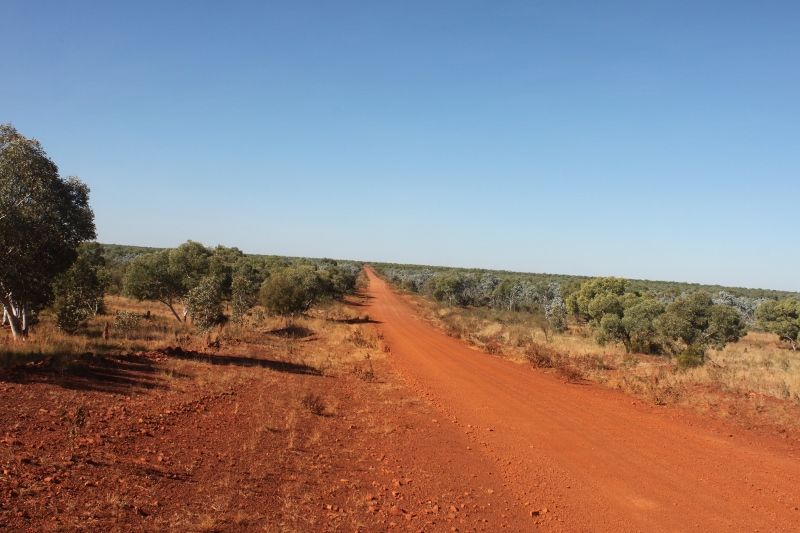
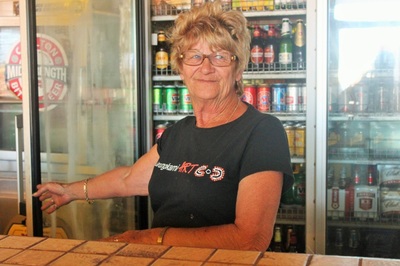
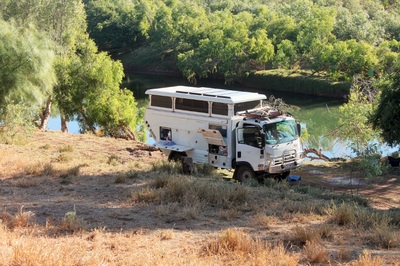
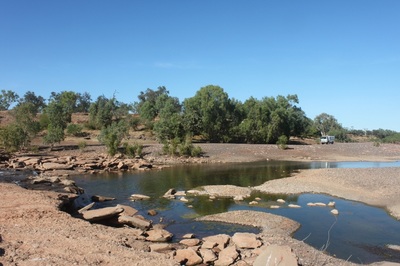

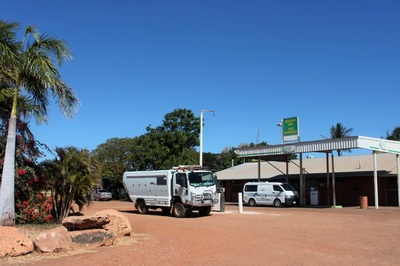

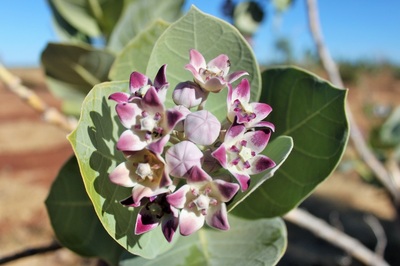
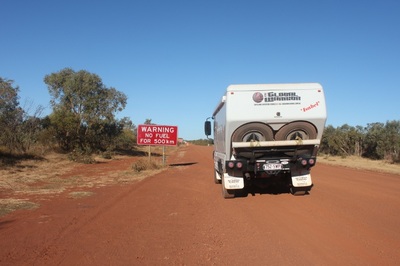
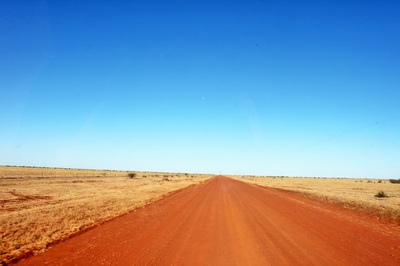
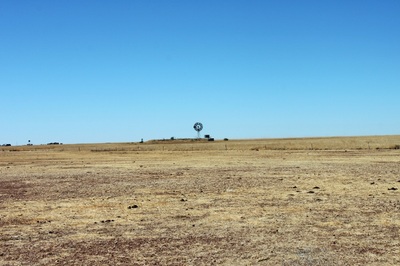
 RSS Feed
RSS Feed
